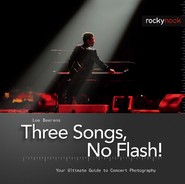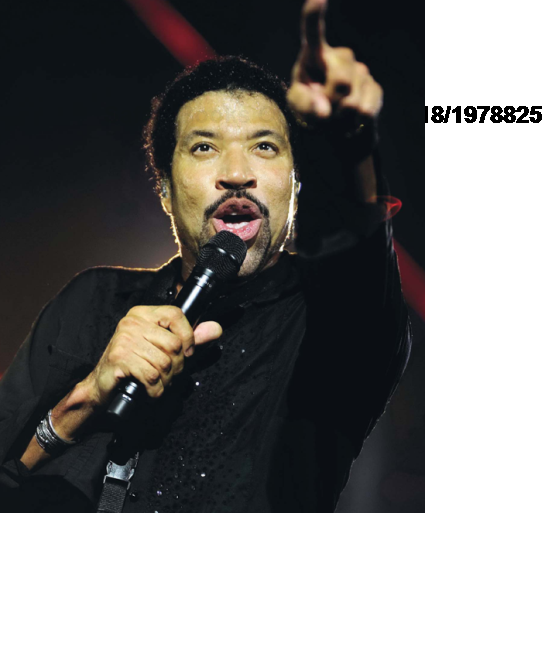I recommend working with a reflex camera because you're not faced with the delay on the shutter. However, you can still get good results when you use a compact camera, provided you use the right options as listed below. Without these options, you've got a problem.
Set the ISO on the camera at the highest possible value, ISO 400 being the minimum. It's a safe value for most situations on stage. If your camera allows higher values (ISO 800–1600), take a few test shots to see if the picture quality is acceptable with those values.
Put the light meter on spot meter. That way you can direct your measure point at the main subject, which increases your chance of getting the right exposure. If you measure the complete picture, you will get the values wrong. For instance, if there are spots in the background, your photo will be underexposed.
Switch off the flash mode. When you use flash, your photos will be underexposed because the reach of built-in flash is never sufficient. Apart from that, in most concert situations the use of flash is simply not allowed.
Shoot series if your camera allows it. This option increases the chance of a good shot. Use a big memory card, as it is wise to make as many photos as you can during a concert.
Switch off automatic focus and go for manual. Because of poor lighting, it can be difficult for the camera to use autofocus and you may end up being unable to shoot. Manual focus also offers the advantage of less delay on the shutter.
Handle the zoom with care, depending on the built-in objective in your camera. With most cameras, the maximum aperture of the objective diminishes when you zoom in, which increases the chance of an underexposed shot and motion blur.
Be very precise as to when you push the button. Motion blur is a high risk when you use a compact camera. During any kind of performance, a movement will always halt for a split second at its highlight. Try to push the button at that very moment, or just before it if your camera has a delay. It is only possible to catch a moment in the middle of a movement with a shutter speed of 1/500.
Position yourself in a place where you get as much depth in your shot as possible. You will almost always want to use a wide-angle position with a compact camera. For instance, put an instrument in the foreground, or the keyboard player on the side, or the singer in the foreground with backing vocalists or the guitarist in the rest of your picture. Please note that these additional elements shouldn't be too far in the background, as they would become recognizable. The sharpness in depth with compact cameras is limited.
Start with fresh, fully loaded batteries and bring along some extras, plus an extra memory card. Use all the precious time you have to make photos.
Apart from technique, apply the other tips in this book.
Use the first minute to photograph the singer from the waist up so that you can see the facial expressions as well as the hand and arm movements. That way you can decide whether to go for a close-up of the face, or whether you want to include the hands and arms in your picture.
It is advisable to frame the shot at waist height. At the same time, pay attention to the light behind the singer. Do you see spotlights.? Do you want them in your picture? Do you want to use them as backlight? Maybe you will have to move a few steps to the side. Keep looking for the best position while you photograph. Listen to the vocals to decide when to take a Photo. Wait until you hear the singer working towards a high note. Also, during a refrain you will get more special facial expressions than during a verse. Towards the end of a song, during the ad libs (free singing on the melody), there will also be more facial expressions. Look and listen and catch the moment the expression is at its best. A full blast moment is often followed by a movement of the head to the side or backwards. Shoot that as well, then take a rest through the verse and wait for the next refrain. However, Keep Your camera up and stay alert for sudden changes. At the same time, look at what the other musicians on stage are doing. You may want to check out your next target, for instance, the guitarist.



